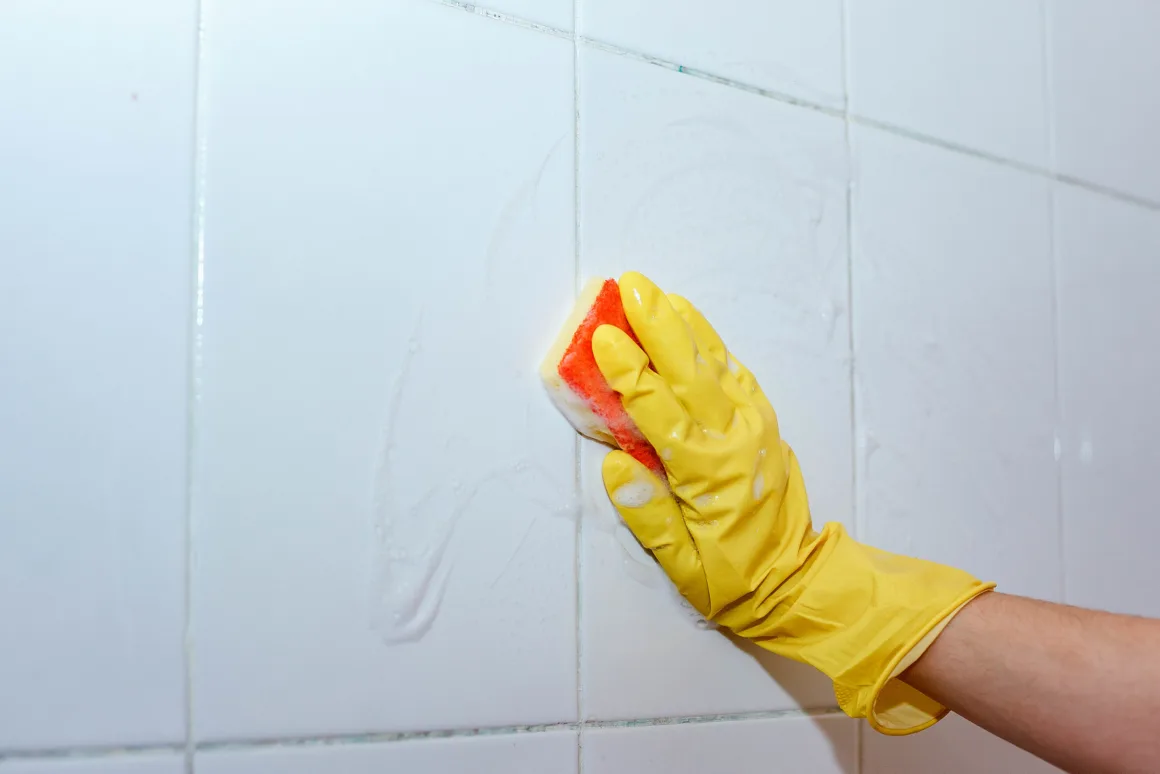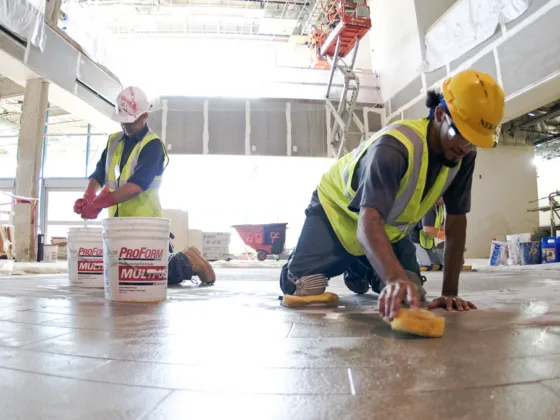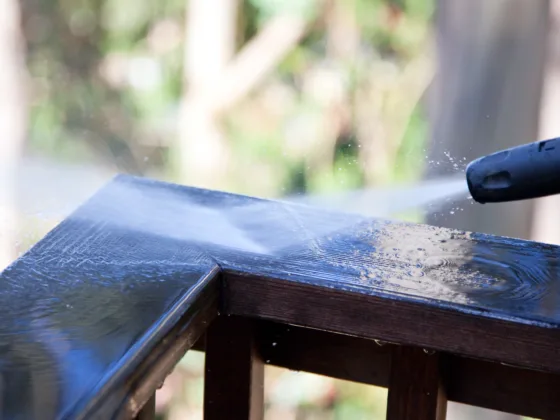Are you tired of dealing with stubborn mold on your grout? Don’t worry, you’re not alone. Mold can be a common problem in bathrooms and other areas with high humidity, but with the right approach, you can say goodbye to mold for good. In this guide, we’ll show you how to remove mold from grout and share some tips on preventing it from growing back.
Removing Mold from Grout
Before you start the mold removal process, make sure to wear protective gloves and a mask to avoid any potential health risks. Here’s what you’ll need:
- White vinegar
- Baking soda
- A toothbrush or grout brush
- Water
- Mix equal parts white vinegar and water in a spray bottle. Spray the solution onto the moldy grout and let it sit for about 15 minutes. Vinegar is a natural disinfectant that can effectively kill mold.
- Scrub the grout using a toothbrush or grout brush. The bristles will help remove the mold from the porous surface of the grout. For stubborn mold stains, make a paste using baking soda and water and apply it to the grout. Let it sit for a few minutes before scrubbing.
- Rinse the grout with water to remove any remaining vinegar or baking soda residue. Use a clean cloth or sponge to wipe away the excess moisture.
- If the mold persists, you may need to use a commercial mold remover. Follow the instructions on the product carefully and ensure proper ventilation when using chemical cleaners.
Preventing Mold on Grout
Now that you’ve successfully removed the mold from your grout, it’s time to take preventive measures to keep it from coming back. Here are some tips:
- Keep the area well-ventilated: Proper ventilation helps reduce moisture levels, making it less likely for mold to grow. Use exhaust fans or open windows when showering or cooking.
- Wipe down the grout regularly: After every use, wipe down the grout with a dry cloth or towel to remove excess moisture. This simple step can go a long way in preventing mold growth.
- Seal the grout: Applying a grout sealer can help protect the grout from moisture and make it less susceptible to mold. Be sure to follow the manufacturer’s instructions for application.
- Use a squeegee: After showering, use a squeegee to remove water droplets from the tiles and grout. This will help prevent moisture buildup and mold growth.
- Avoid using harsh cleaners: Some cleaners can damage the grout and make it more prone to mold growth. Stick to mild, non-abrasive cleaners to keep your grout in good condition.
By following these steps and adopting good maintenance habits, you can keep your grout mold-free and enjoy a cleaner, healthier environment in your home.
Related Video:
@mama_mila_ You’ll never clean your shower grout the same way again 🙌🫧 save this video for your next deep clean 🧼 #cleantok #cleaninghacks #showercleaning #mamamilastips ♬ IT’S GETTING HOT – NLE Choppa










